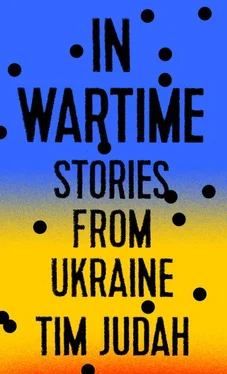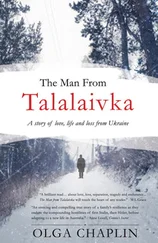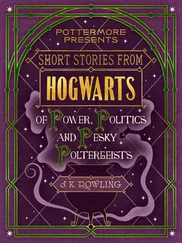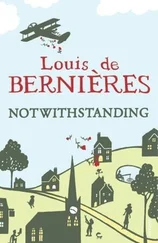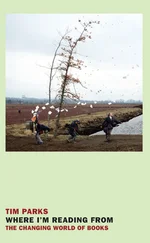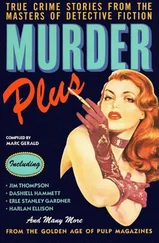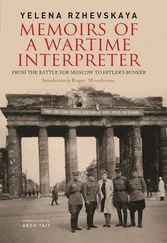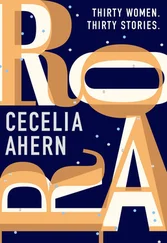When I asked what had happened to the Jews, Mihailo said he was not there when the Germans “took care of them.” But his granddaughter Oxana Stasiv, who is thirty-four and sat at the table helping when he could not hear and laughing that she had heard all these stories a hundred times before, said that there was a monument nearby where they were buried. According to village lore, after the Jews had been shot, the earth that covered the pit they were thrown into moved, because they were not all dead. Today, this Soviet-era monument is unkempt and overgrown. In Soviet times ideology dictated that the fate of Jews could not be separated from that of others, so, as with other monuments from that era, it does not state that the victims buried were Jewish but rather that here lay more than 2,000 “Soviet people” who had been killed by the “German-Fascist invaders.” A modern metal plaque in Hebrew, English and Russian—affixed, it says, by the children of Nathan and Ida Mandel—recalls that the victims were Jewish. Some old and broken Jewish tombstones have been laid up against the monument.
After the war survivors of the Holocaust would compile Yizkor , books of remembrance of their communities. This extract, the testimony of one Pitciha Hochberg, comes from the Sefer Grayding or Book of Griding , which was published in Tel Aviv in 1981. Grayding and Griding are two transliterations of the Yiddish name for Horodok, which is also known by its Russian name of Gorodok or its Polish one of Grodek Jagiellonski. First Hochberg describes how the Germans arrived in June 1939 but then pulled back as the town had been allotted to the Soviets under the Molotov-Ribbentrop pact. At this time, says Hochberg, there were about 800 Jewish families in and around town. When the Germans returned at the end of June 1941, “they allowed local criminals to murder Jews and take away their possessions. Peasants started arriving from throughout the district, in order to murder and steal. Jews were killed and thrown in the lake.” However, she writes, a local Ukrainian priest called Rozdolsky appeared like an “angel” and attempted to stop the mob. “He forbade murdering and stealing from Jews,” and told the crowd: “In that fashion we cannot establish Ukraine.” It did not make any difference: locals helped the Gestapo hunt down Jews who were hiding. The Nazis demolished the cemetery, used the headstones to pave the road and blew up the synagogues. A ghetto was established, as elsewhere, and the Germans used the local Jews as a workforce.
In August of 1942, half the Jewish population of Griding was taken away. The Gestapo, aided by the Ukrainian militia, closed off the streets and started taking the elderly, sick, and children out of their houses. They put them in cars, and took them away. Previously, during the same summer, all men and women above fifty years of age were taken out of the town. They were forced to lie face down. Then the German commander ordered to shoot all of them. Hundreds of Jews were killed. One woman was not hit. After everyone left, she escaped back to the town, and told of what had happened. She was later caught and murdered.
Those who remained were killed in two bouts, in November 1942 and finally on February 3, 1943. The same story was repeated in thousands of places across Ukraine. Curiously, in those parts of Ukraine which had been Soviet before the war and suffered from the famine, there was less Ukrainian collaboration with regard to the murder of the Jews, despite propaganda about “Judeo-Bolshevism” and the fact that historically these regions had been more prone to pogroms than areas in the west. During the civil war, for example, which did not affect Galicia as it was at the time part of Poland, all sides, from the tsarist Whites to the anarchists of Nestor Makhno, to the Red Army and soldiers loyal to the Ukrainian People’s Republic led by Symon Petliura, committed pogroms.
In the church of Saint Lazarus in Lviv, I met Olha Voloshyna, who was pottering about arranging the flowers. She was eighty-nine years old. The church was originally built in the 1630s and had been part of a fortified hospital and a home and refuge for the poor and elderly up to the Second World War. Used for a variety of purposes after the war, the building had become a church once more when the Soviet Union collapsed. Like Mihailo, Olha was happy to talk about the past and what she remembered. She sat in a pew and pulled her coat over her shoulders to keep warm.
When Olha was growing up her father died and she went to live with a well-off lady who looked after her in exchange for her help about the house. Before the war, the lady would send food parcels to young Ukrainian activists who had been imprisoned by the Poles, as many were in Bereza Kartuska jail. (The site is now in Belarus.) “They were young people, boys, who fought for Ukrainian independence.” She sent them salo (salted pork fat), garlic, cheese and dried bread.
In 1939 Olha had been living in the little town of Stryi, which is forty miles south of Lviv. After the Soviets came, she said, life had been terrible. “They took everything from us, but not immediately. They arrested everyone they just didn’t like the look of. Then they started to organize the kolkhoz and took houses from people.” Just as the Germans attacked, those prisoners were killed by the Soviets, who threw their bodies into a nearby lake. Some were not dead when they disposed of them. When they were shooting they turned on the engines of all their cars and trucks to mask the sound. By one estimate the number of those killed was 1,101. So, she recalls, “Yes, people were very happy when the Germans arrived, and when the Germans had to leave, those who could fled abroad.” When they came, “the Germans were very kind and shared food and chocolate with us… I have only positive memories of the Germans.” In this way history refracts: the same period is remembered differently by different people.
When I asked Olha if she could recall what happened to the Jews she replied that she remembered looking through the window with the lady she lived with and seeing a column of them being marched down the street on their way “somewhere.” People “said they were killed. People were worried.” In the marching column the lady spotted the local pediatrician and cried: “What will happen with the children? Who will look after them when they are sick?” The day after the Germans left Stryi, in 1944, she saw the dead bodies of a Jew and a child on the street. She said forcefully:
Many hid Jews. Some took Jewish children and brought them up. To do this was a big risk and there were cases where people were denounced, but just a few. The Germans were pitiless and killed [Ukrainians] for this. I know a family in Stryi who looked after a Jewish girl. The mother had been rounded up to send to a labor camp. She was with the girl, who was three or four, and somehow, from the vehicle she managed to push her out. The Ukrainian family found her crying in their garden and they took her in. She was very beautiful and had lovely, curly hair. At the end of the war, the mother, who had survived, remembered where she had left the girl and came to find her. The girl was hanging on to her second mother because she did not remember her real one. It was such a tragedy. The second mother was devastated, but let her go.
As the war ground on, the UPA, encouraged by the Germans, fought the Poles first in neighboring Volhynia in 1943 and then in Galicia. Some 300,000 Poles fled and 100,000 were killed. Up to 20,000 Ukrainians died in this war-within-the-war. “It was such a bloody page,” said Olha. Just after the war she remembers a woman coming to the house. “She had a baby in her arms and a small boy by her side.” Olha went to fetch the lady in whose house she lived. The woman on the street told them she was from Volyhnia and the wife of a priest and that she had escaped when Ukrainians, including her husband, had been forced into the church by Poles and burned alive. “Yes there was hate. How can we love people we suffered from? But we don’t remember evil done to us; this is the way we are.”
Читать дальше
